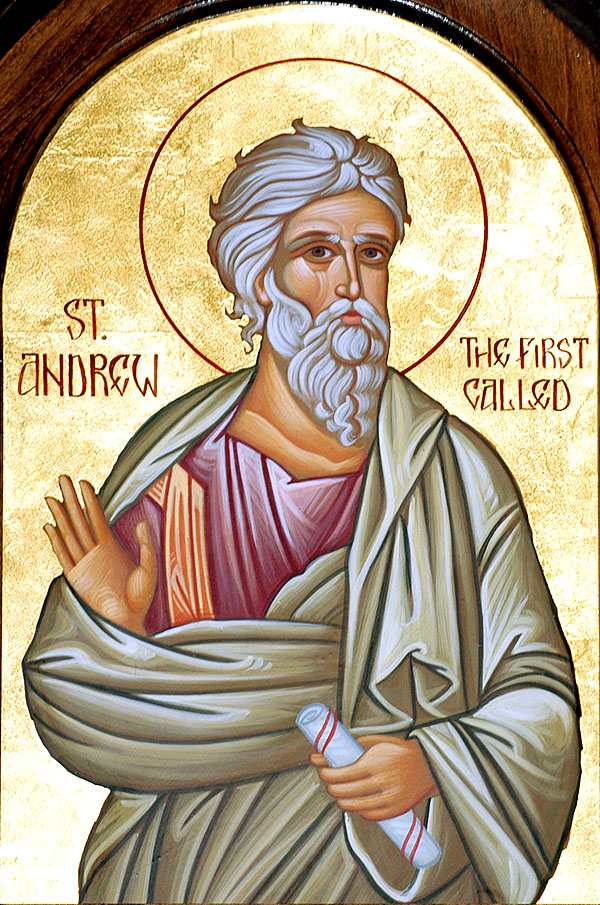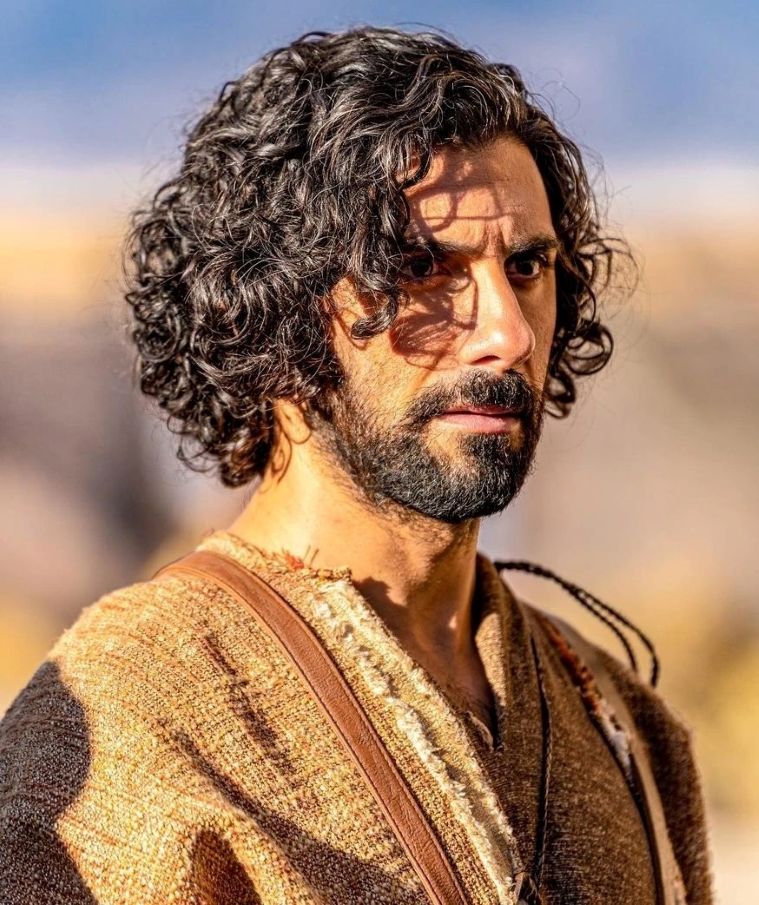Saint Andrew The Apostle


Facts about Saint Andrew
- Feast Day is November 30th
- Was the first disciple of Jesus
- Is the brother of Saint Simon Peter (The First Pope of the Church)
- Was killed in 60 AD by being crucified on an X-Shaped Cross
- Patron Saint of fishermen, singers, Scotland, Greece, Russia, and those suffering from sore throats.
Biography
Saint Andrew the Apostle was one of the twelve apostles of Jesus and the brother of Saint Peter. Born in Bethsaida of Galilee, Andrew was originally a fisherman by trade. According to the Gospel of John (John 1:35–42), he was a disciple of John the Baptist and was present when John proclaimed Jesus as the “Lamb of God.” Andrew immediately followed Jesus and later introduced his brother Simon Peter to Him, making him the first-called among the apostles. He witnessed many of Christ’s miracles, teachings, and was present at the Last Supper and after the Resurrection.
After Pentecost, tradition holds that Saint Andrew preached the Gospel in regions around the Black Sea, including Scythia, and eventually in Greece. He was martyred in Patras, Achaia (modern-day Greece), under Roman governor Aegeas around the mid-1st century. Refusing to renounce his faith, Andrew was sentenced to death by crucifixion. He requested to be bound—not nailed—to an X-shaped cross, deeming himself unworthy to die in the same manner as Christ. This cross is now known as the “Saint Andrew’s Cross.” His relics have been venerated for centuries, and he is honored as the patron saint of Scotland, Greece, fishermen, and missionaries.